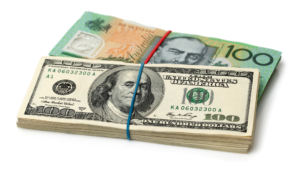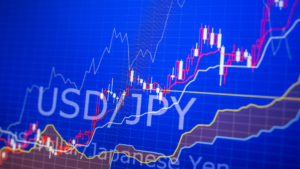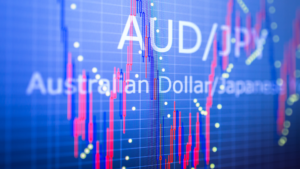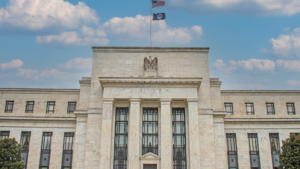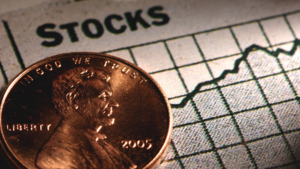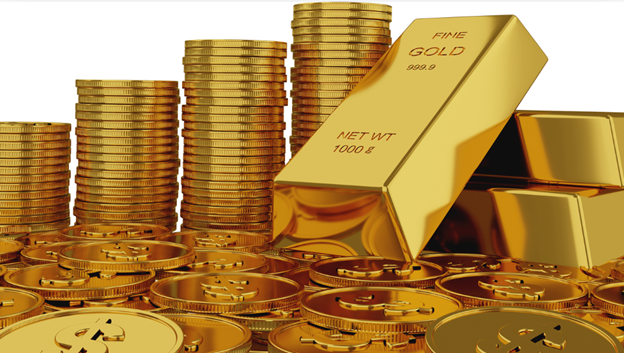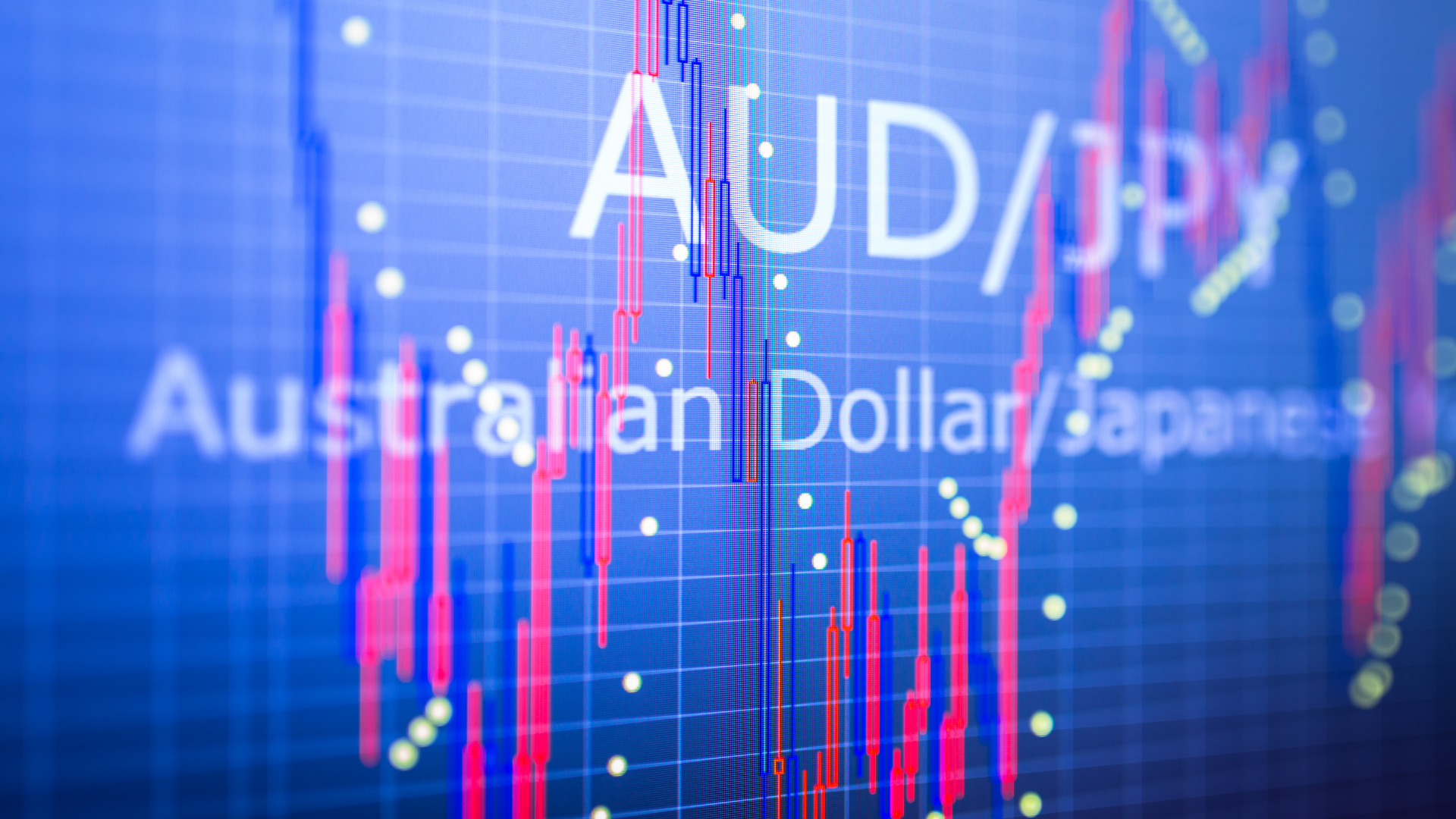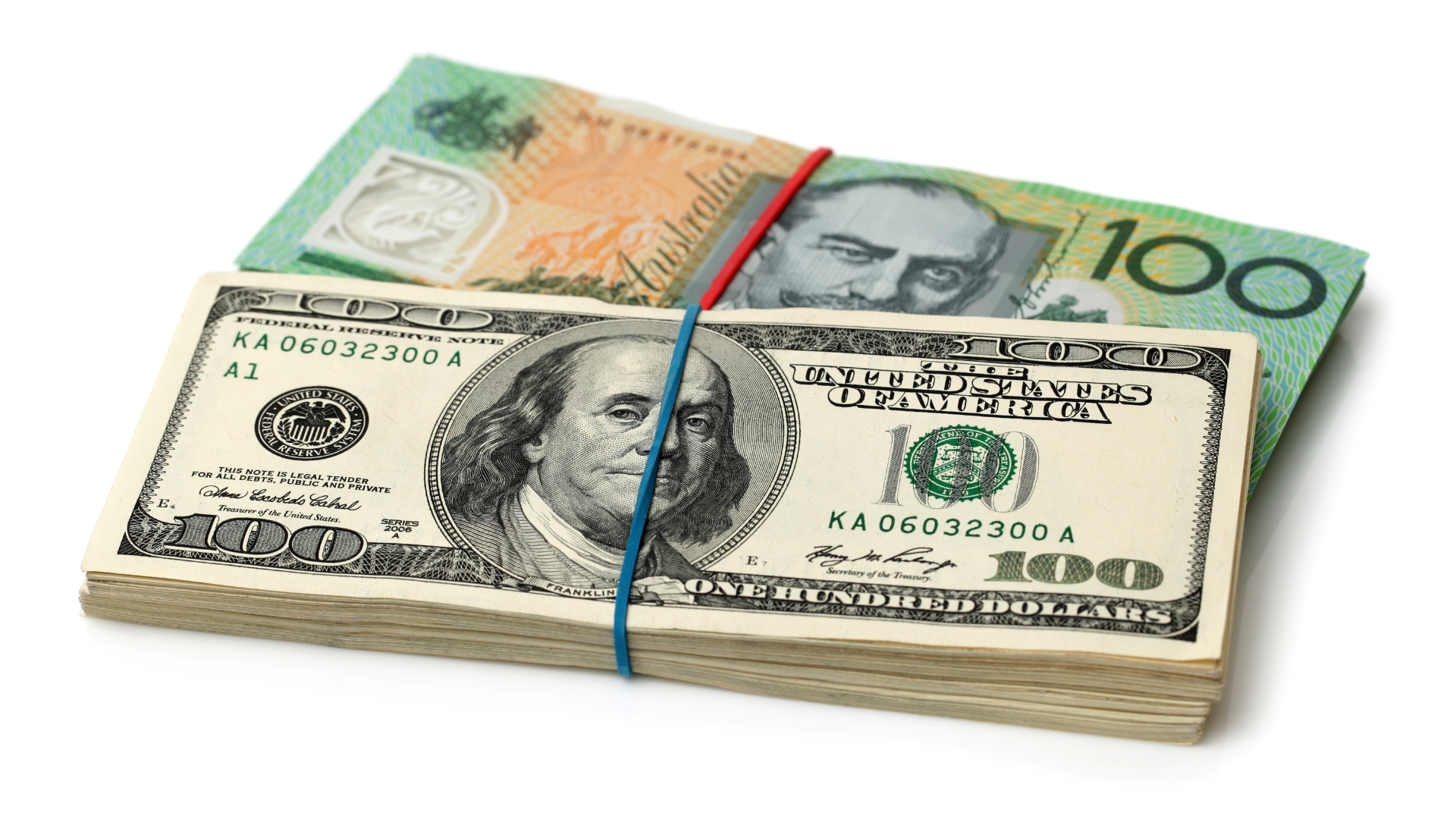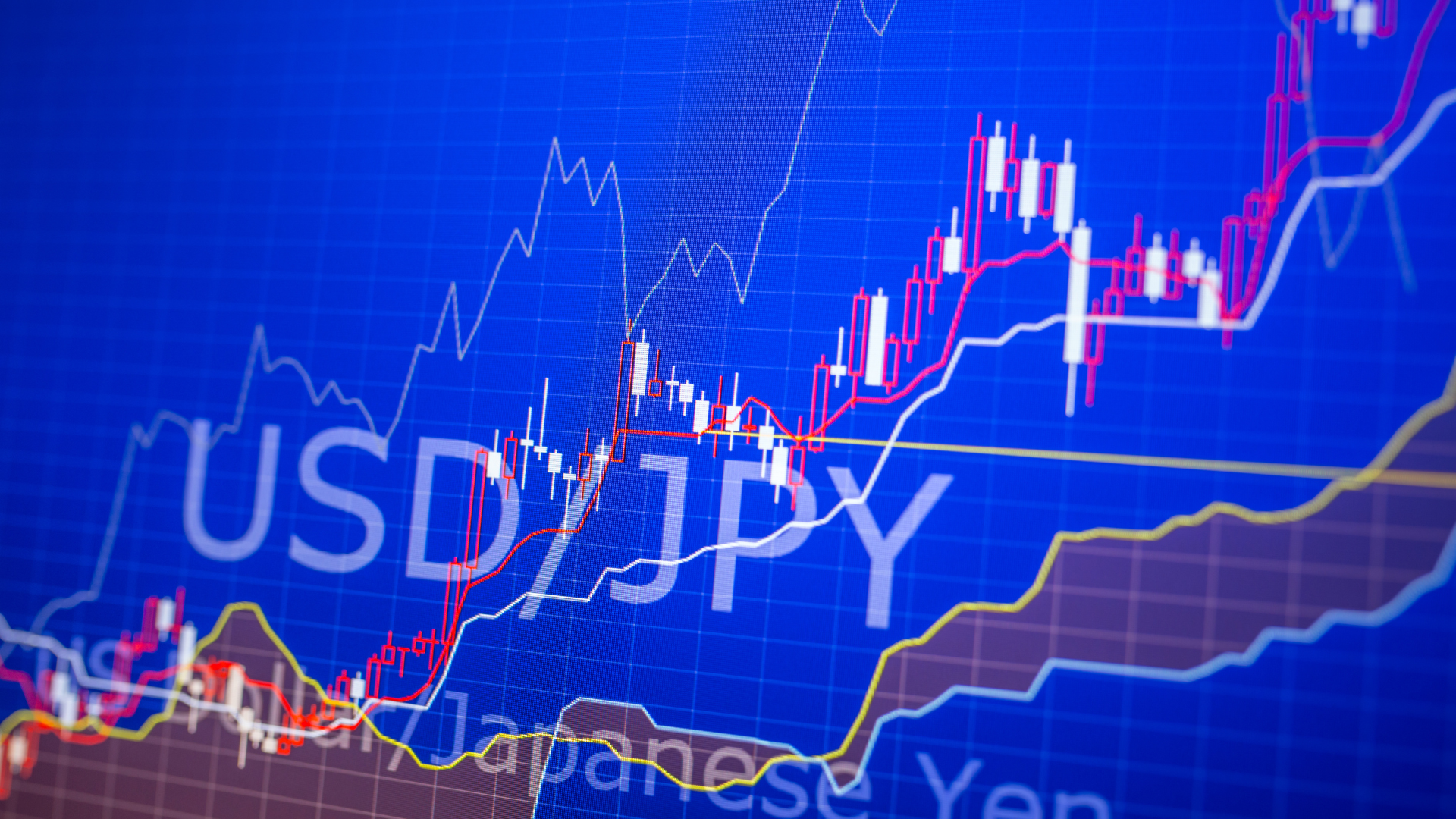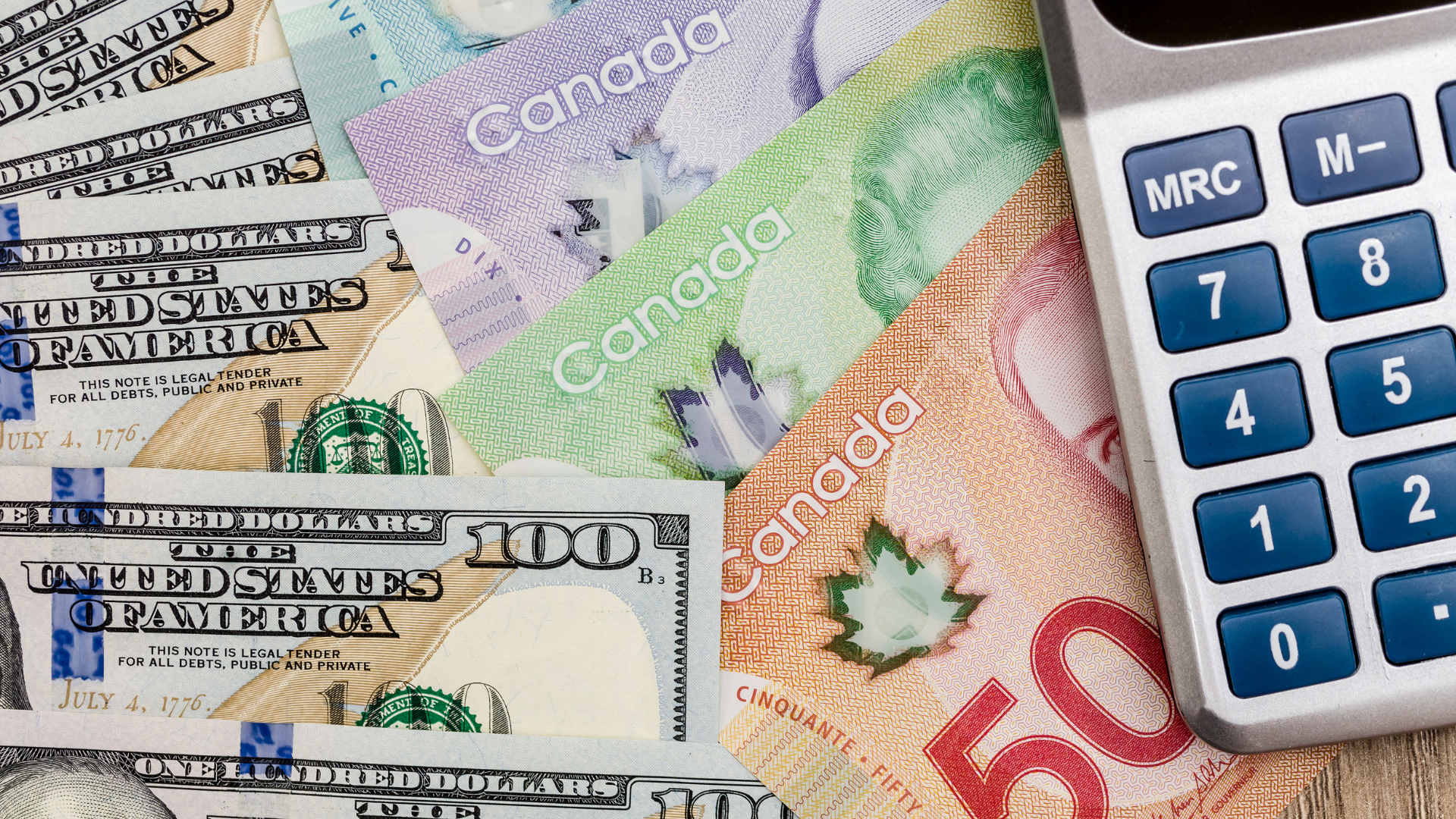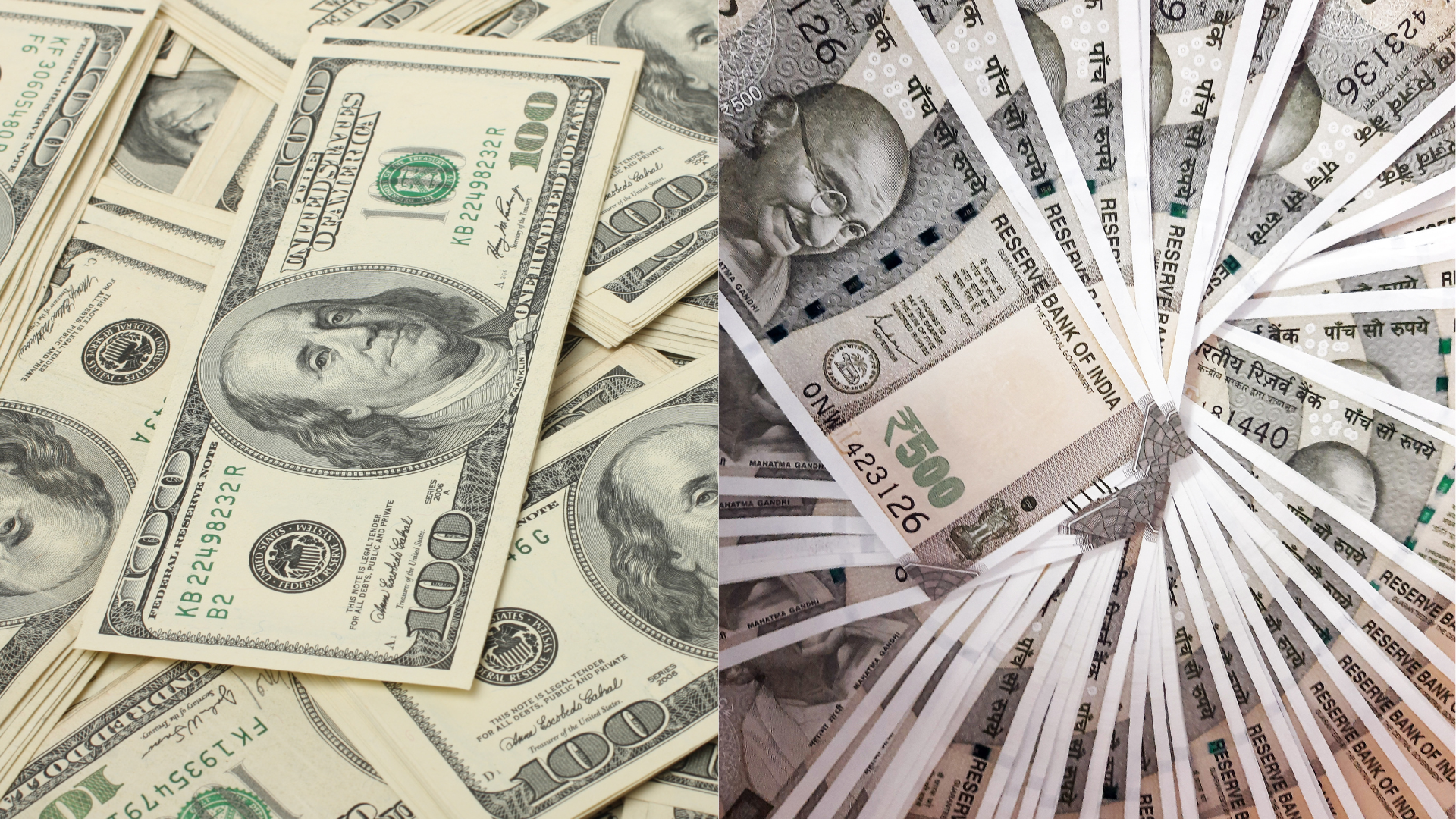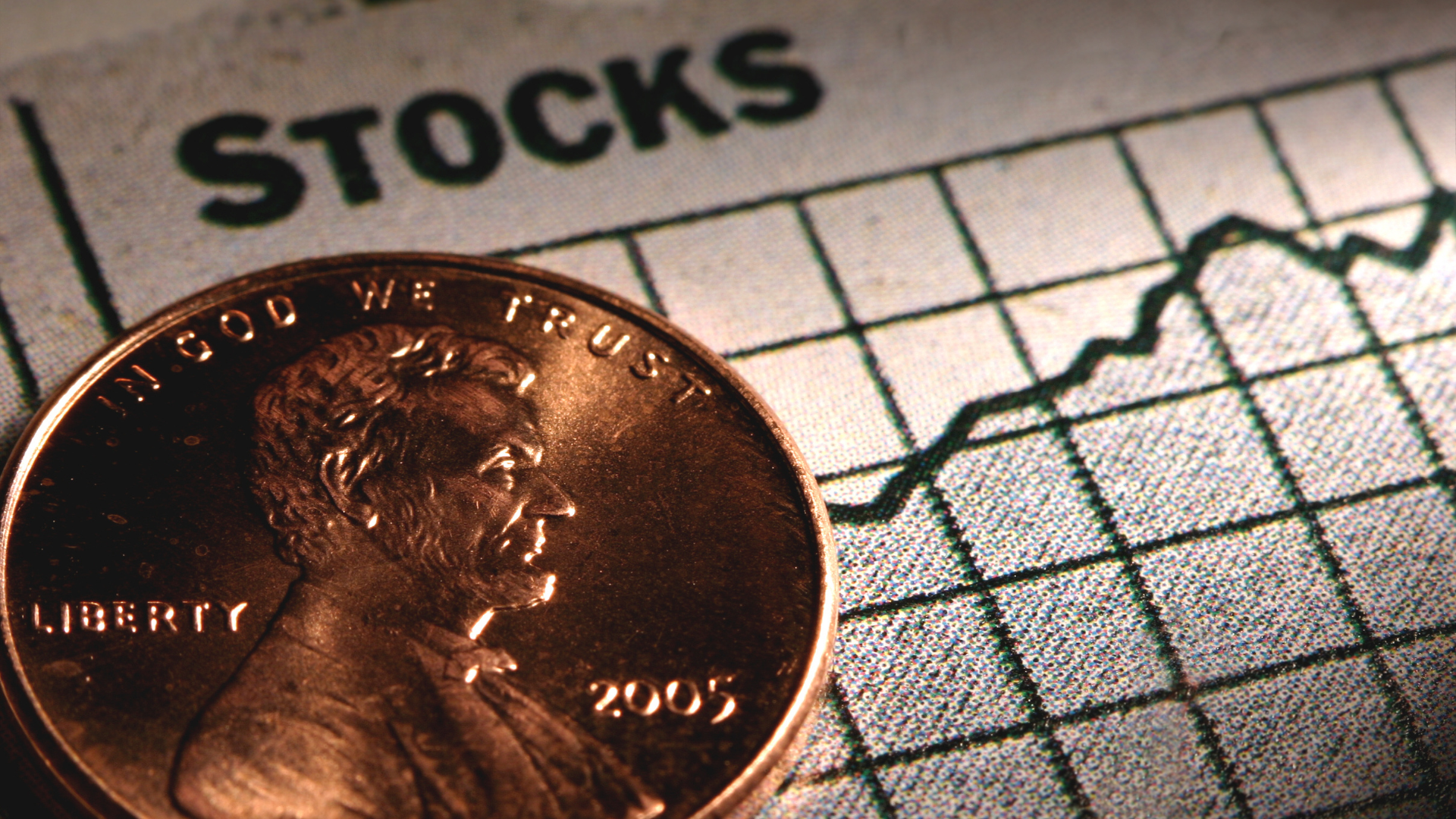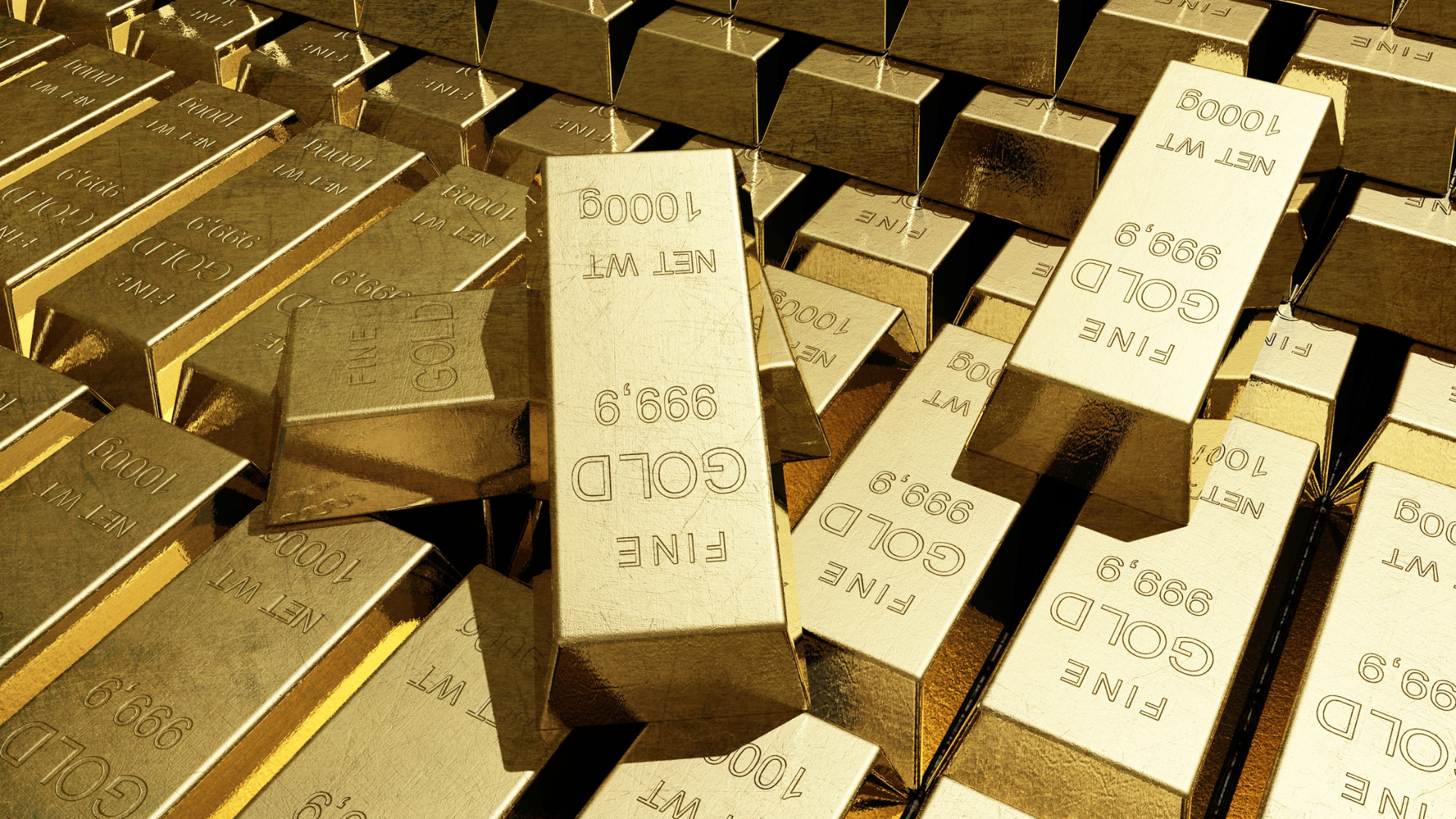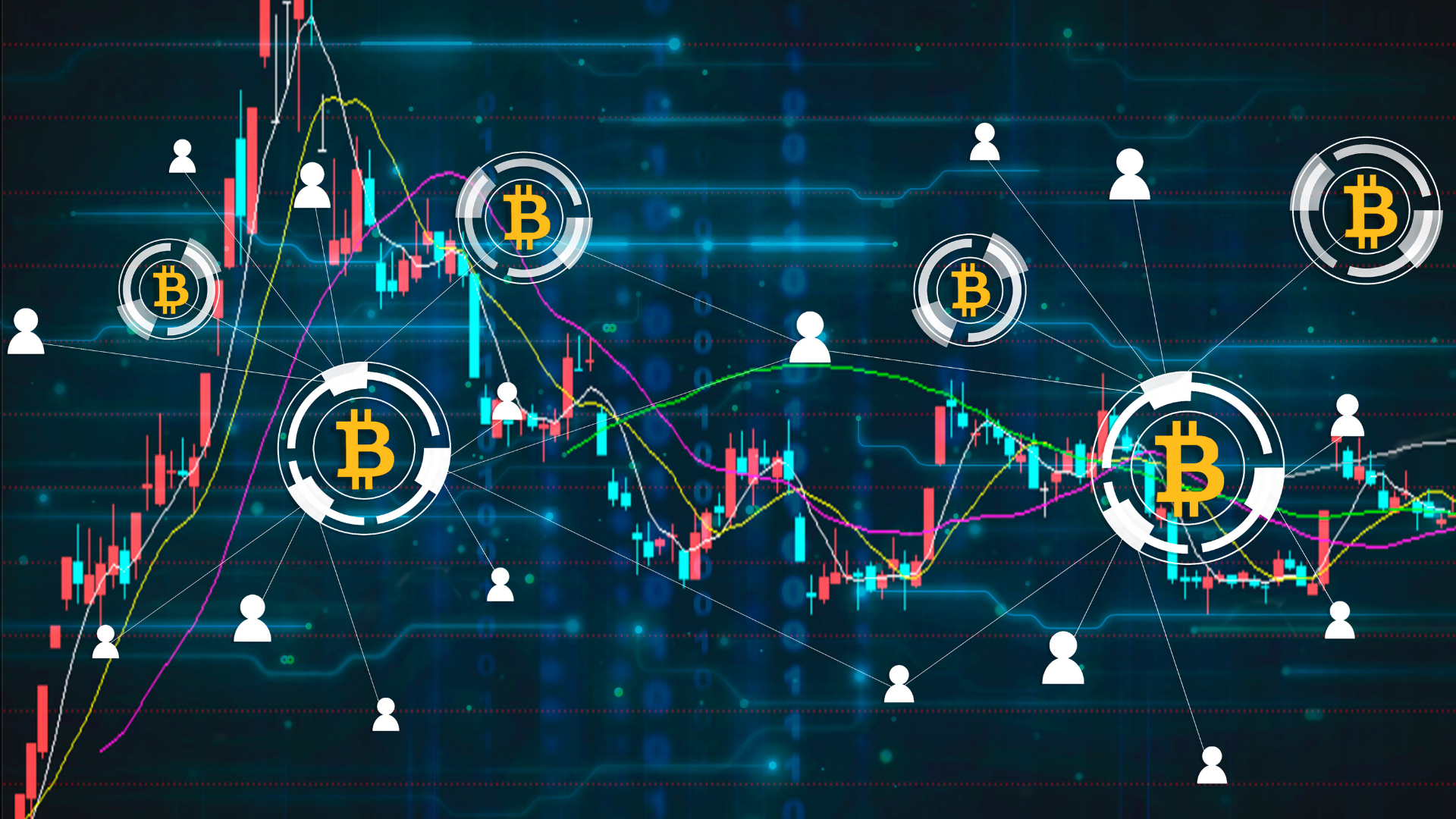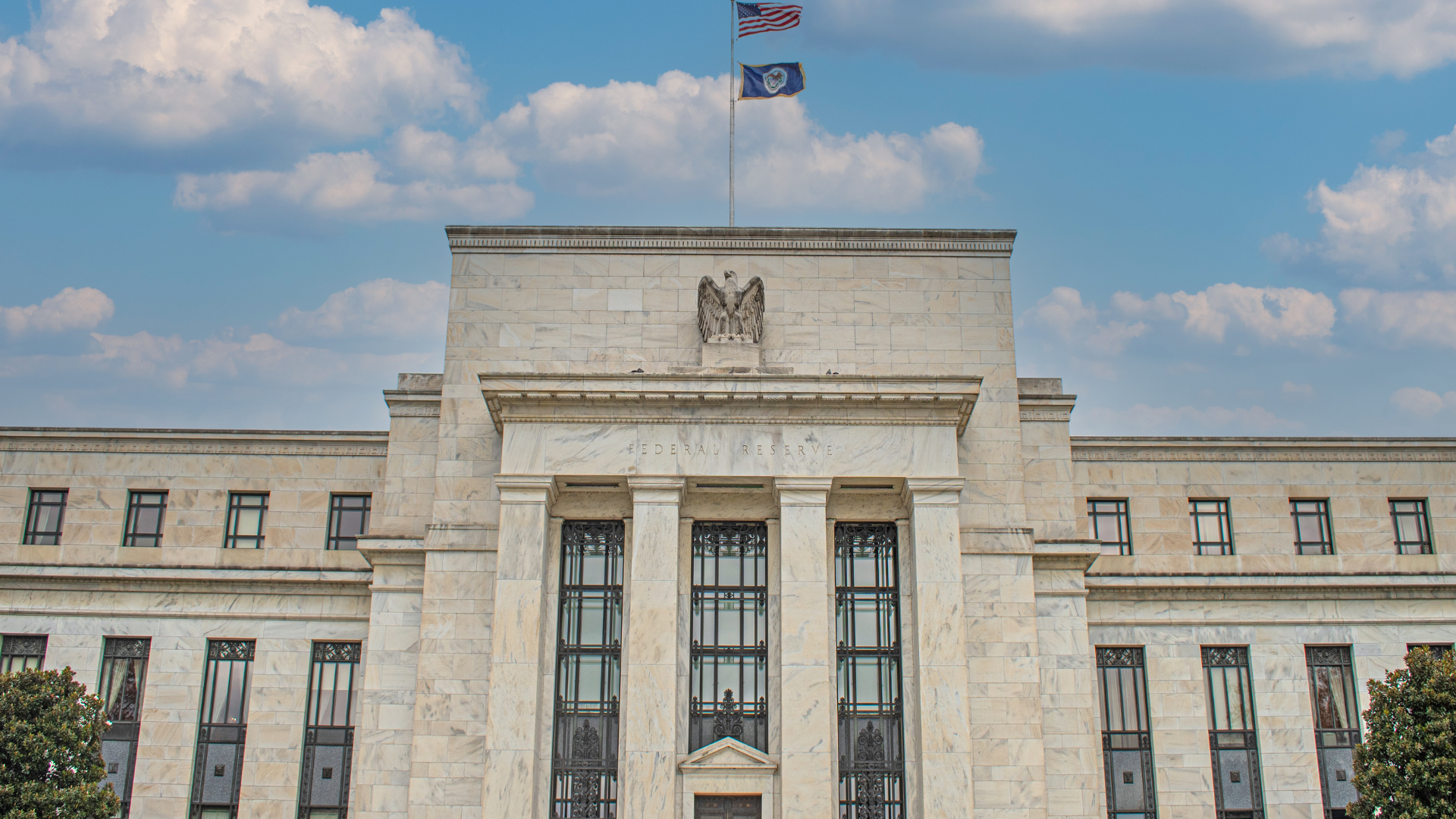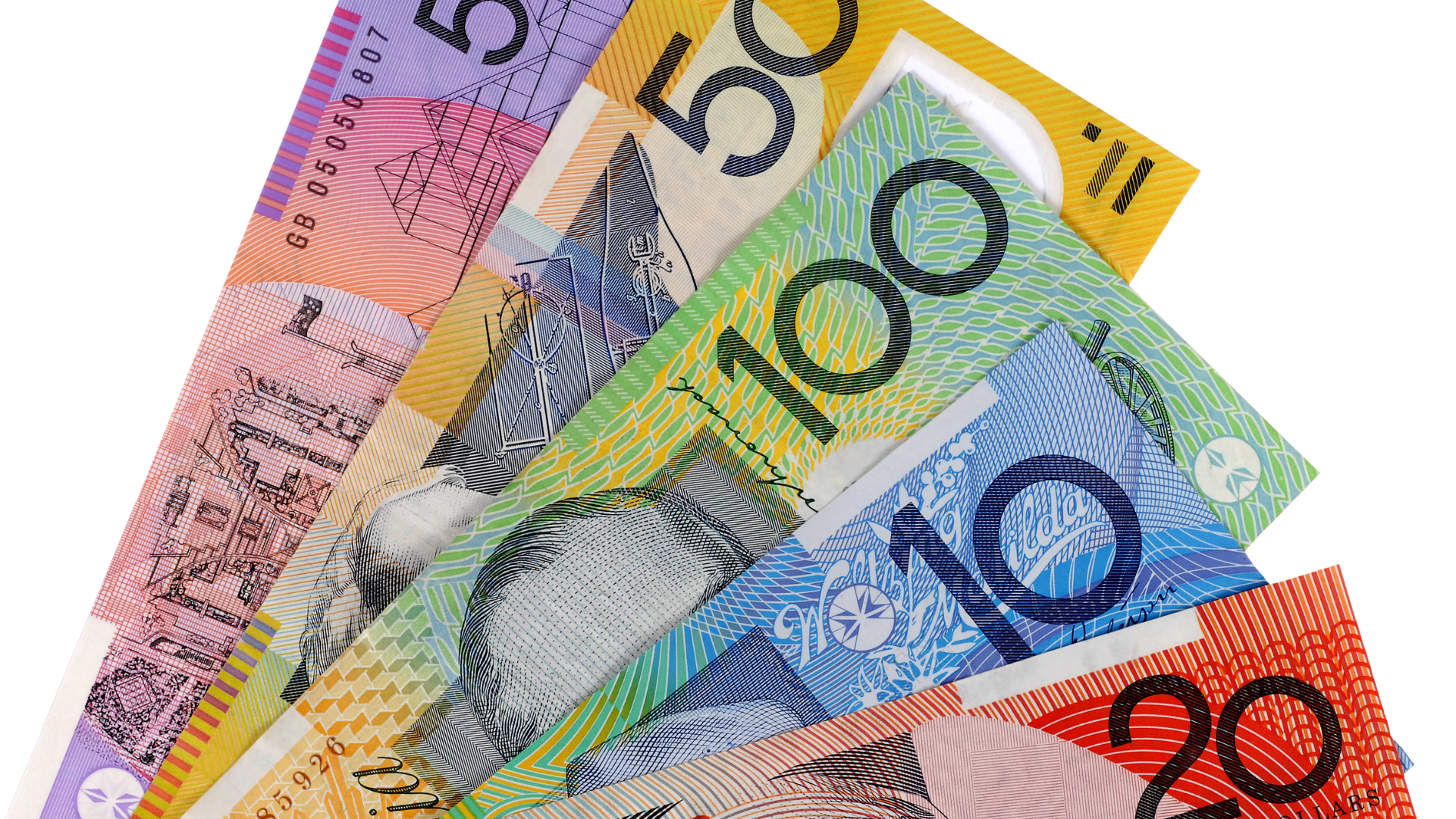Gold prices continue to hold steady above $2,700, with bullish investors firmly in control as the metal remains close to its all-time high. Uncertainty in the global economy, rising geopolitical tensions, and persistent inflation are driving demand for the safe-haven asset, helping it maintain its recent gains.
While volatility affects other markets, gold’s resilience stands out, as investors continue to see it as a hedge against inflation and economic instability. Even as central banks, including the Federal Reserve, tighten monetary policies, gold’s appeal remains undiminished. The rate hikes have had little impact on gold, strengthening its role as a stable option for those looking to protect their investments in volatile times.
Experts attribute gold’s strong performance to a combination of macroeconomic influences. As inflation rises across major economies, investors are turning to gold as a tangible asset to preserve value. Additionally, ongoing geopolitical risks, such as those in Eastern Europe and the Middle East, have increased risk aversion, which typically supports demand for safe-haven assets like gold. This has allowed bullish momentum to continue pushing prices upward.
While some analysts believe gold could face resistance as it nears its all-time high, the overall outlook remains optimistic. The metal is expected to stay well-supported as long as economic uncertainty persists. Its role as a store of value in turbulent times ensures strong demand, with investors keeping a close eye on economic data and central bank actions that could influence the next move. For now, gold prices are stable at high levels, with many wondering if the metal will break past its previous record. With bullish investors firmly in control and economic uncertainties showing no signs of easing, gold is likely to remain a key focus for those seeking safety in unpredictable market conditions.




